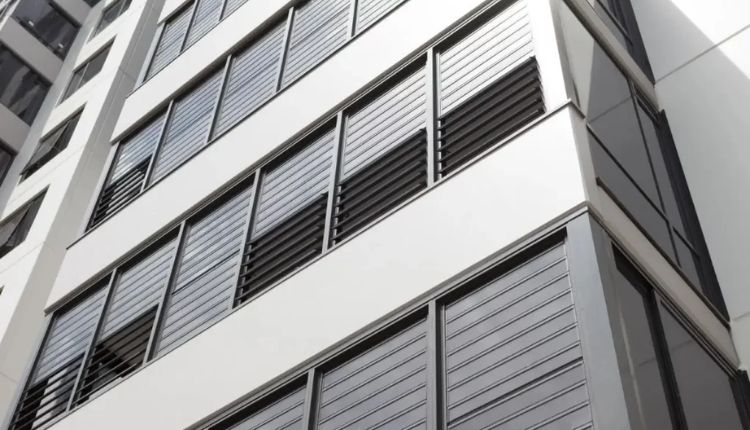Next-Generation Glazing: Why VIG Is Redefining High-Performance Envelopes

For a decade, the building industry has chased better performance with thicker, heavier glazing. Vacuum insulating glass (VIG) flips that script—delivering ultra-low U-values, superior comfort, and acoustic calm in a slim, elegant profile. For architects, façade engineers, and developers, VIG is not a novelty; it’s the next-generation standard for high-performance glazing.
What makes VIG different
Traditional IGUs rely on gas fills to resist heat transfer. VIG removes the gas altogether, creating a vacuum cavity that minimizes conduction and convection. Add spectrally selective low-e coatings to reduce radiative transfer, and you get a compact assembly that rivals (or beats) triple glazing—without the bulk. The result: warmer interior surfaces, reduced energy use, and frames that stay slim.
From theory to project reality
Teams often ask: Will it perform in real buildings, across climates, and over time? The short answer: yes—when specified and installed correctly. Manufacturing advances have strengthened edge seals, optimized getter systems, and proven longevity through accelerated testing. For a concise overview of the technology’s readiness and why premium manufacturing quality matters, see why HaanGlas VIG is the next-generation standard in high-performance glazing: https://www.vacuum-glass.com/why-haanglas-vig-is-the-next-generation-standard-in-high-performance-glazing/
Design freedom without compromise
- Keep narrow mullions and delicate sightlines, even in heritage contexts.
- Achieve high daylight autonomy with minimal depth and weight.
- Support larger units with less structural penalty, enabling expansive views.
Comfort that changes how spaces are used
Occupants feel the difference: no more “cold wall” effect near windows in winter, and less radiant asymmetry that drives thermostat wars. Warmer interior surfaces also reduce condensation risk—a major win for indoor air quality and materials durability. If condensation has plagued your projects, this explainer on how vacuum glass solves window condensations lays out the physics and practical outcomes:
Acoustic calm for dense urban sites
Pair VIG with laminated lites for excellent sound attenuation. The vacuum cavity disrupts transmission, while lamination targets low-frequency noise from traffic and rail.
Retrofit agility
VIG’s thin build-up and lower weight often slot into existing frames with minimal adaptation—ideal for occupied buildings where downtime is costly. For owners weighing disruption versus benefit, a plain-language briefing helps. Start with your windows might need a vacuum glazing upgrade for a decision-friendly diagnostic:
Specification pointers
- Ask for certified center-of-glass and whole-window U-values, SHGC, and VT.
- Confirm edge seal technology, vacuum longevity testing, and warranty terms.
- Coordinate with installers early on setting blocks, sealant compatibility, and bead compression.
Bottom line
VIG compresses performance into a sleek, adaptable format. It’s a practical path to higher comfort, lower energy, and stronger ESG narratives—without forcing design compromises.









